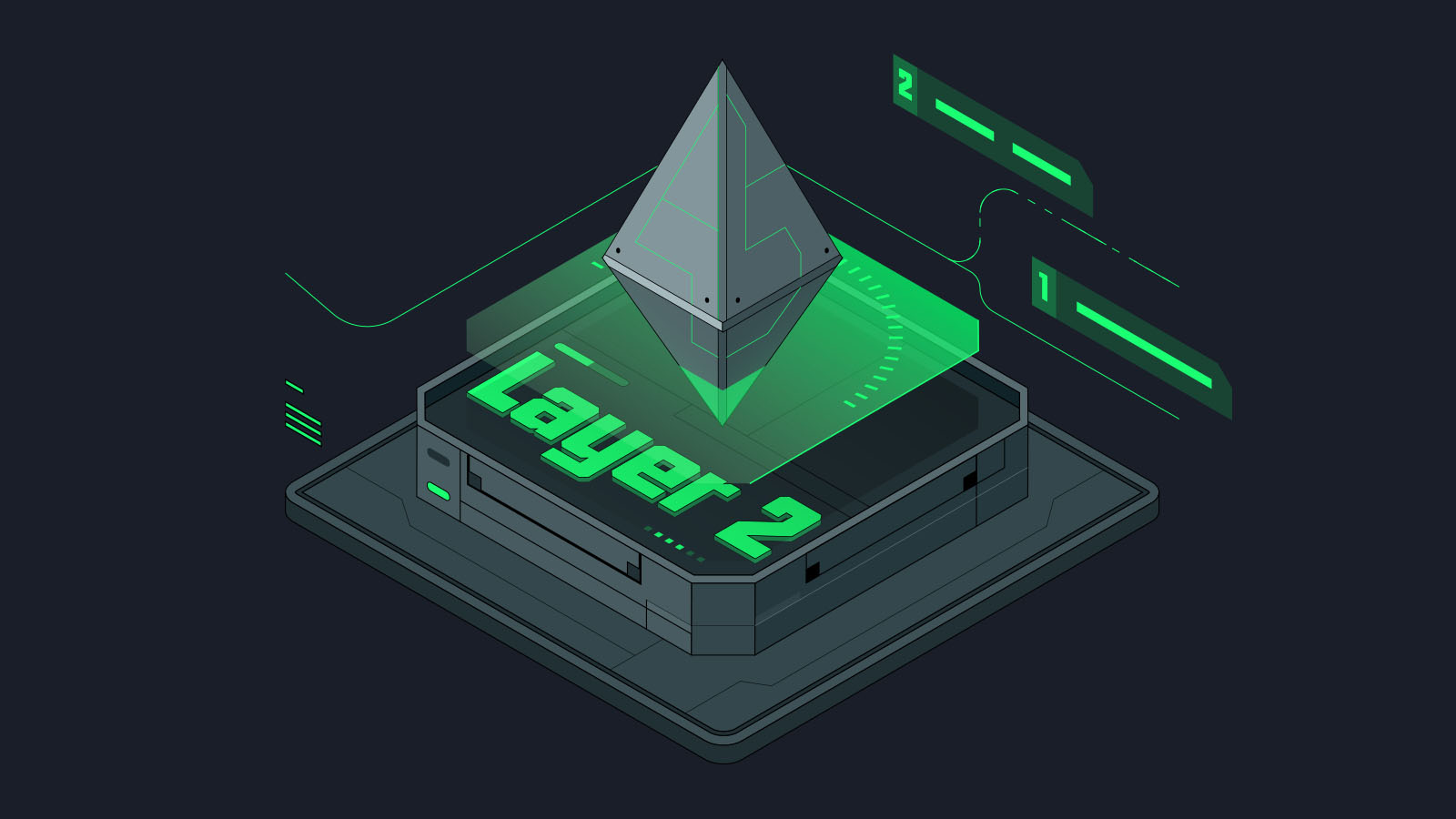Why Layer 2 Blockchains Are Reshaping the Crypto Landscape in 2025?

As blockchain adoption continues to grow, scalability and efficiency remain two of the biggest challenges facing the ecosystem. While the foundational networks like Ethereum, Bitcoin, and Solana have laid the groundwork for decentralized applications and finance, they still struggle with high transaction fees, latency, and congestion during peak usage. This is where Layer 2 solutions step in, offering a much-needed upgrade to throughput without compromising on decentralization or security.
Layer 2s are already making a significant impact, especially for users and developers looking for cost-effective, scalable environments. Traders, NFT creators, and DeFi users alike now demand fast transaction speeds without the high gas fees of base-layer blockchains. This new demand has also increased the importance of having a trusted cryptocurrency wallet that can seamlessly support Layer 2 protocols—giving users a bridge between scalability and security without requiring technical complexity.
What Are Layer 2 Blockchains?
Layer 2 refers to protocols built on top of an existing Layer 1 blockchain (like Ethereum) to improve performance. These are designed to handle transactions off-chain or in a more optimized environment, and then settle the final state on the base chain. The result is significantly faster and cheaper transactions, without compromising the base layer’s security model.
Some of the most prominent Layer 2 solutions include:
- Optimistic Rollups (e.g., Optimism, Base, Arbitrum)
- Zero-Knowledge Rollups (e.g., zkSync, StarkNet, Linea)
- State Channels (e.g., Lightning Network for Bitcoin)
- Validiums and Plasma Chains
Each of these approaches offers different trade-offs between scalability, security, and decentralization, but all share the common goal of making blockchain more usable at scale.
Why Layer 2s Are a Game-Changer for Crypto Users?
Layer 2 adoption is growing fast in 2025 for several reasons:
1. Lower Transaction Fees
Gas costs on Ethereum can spike dramatically during periods of high demand. Layer 2s offer relief, with users regularly seeing transaction fees that are a fraction of what they’d pay on the base layer.
2. Faster Transaction Finality
Layer 2s enable nearly instant transaction confirmations, which is crucial for activities like DeFi trading, gaming, or minting NFTs where time-sensitive execution is essential.
3. Enhanced User Experience
Thanks to integrations with bridges, aggregators, and wallet providers, it’s easier than ever to onboard onto Layer 2. Some wallets even abstract away the complexity, allowing users to interact with dApps without worrying about what chain they’re using.
4. Developer-Friendly Environment
Developers love Layer 2s for their flexibility and speed. Many are EVM-compatible, meaning existing smart contracts can be deployed with minimal changes.
Real-World Adoption and Ecosystem Growth
Layer 2s aren’t just theoretical tools anymore—they’re powering some of the most active ecosystems in crypto today.
- Arbitrum and Optimism are now home to thriving DeFi ecosystems, with billions in total value locked (TVL).
- Base, Coinbase’s Layer 2 solution, has seen explosive growth due to its user-friendly onboarding and deep integration with a major exchange.
- zkSync Era has launched numerous NFT marketplaces and DeFi protocols built to take advantage of the efficiency of zero-knowledge proofs.
- StarkNet is gaining developer mindshare with its unique approach to ZK-rollups and Cairo, a new smart contract language optimized for scalability.
Major players like Uniswap, Aave, and Curve are expanding to Layer 2s, and even launching products exclusively on these faster, cheaper chains.
Challenges Layer 2 Still Face
Despite all the progress, Layer 2 solutions aren’t without their challenges:
1. Bridging Risks
Moving assets between Layer 1 and Layer 2 often requires a bridge, which can be a major attack vector. While security has improved, high-profile exploits have cost users hundreds of millions.
2. Liquidity Fragmentation
With assets spread across multiple chains and rollups, liquidity can become fragmented, making it harder for traders to find the best execution or arbitrage opportunities.
3. User Confusion
The average user still struggles to distinguish between Layer 1 and Layer 2. Managing RPC settings, bridge transactions, and gas fees in different tokens can be a barrier to entry.
However, many of these issues are actively being addressed. Smart contract wallet integrations, cross-chain aggregators, and universal user interfaces are making Layer 2s more accessible every day.
The Role of Wallets in the Layer 2 Ecosystem
Layer 2s are only as powerful as the tools that allow users to access them. That’s why wallets are at the center of this shift. The modern crypto wallet is no longer just a key manager—it’s a gateway to decentralized applications, DeFi platforms, NFT marketplaces, and DAOs across multiple layers and chains.
Key wallet features supporting Layer 2 adoption include:
- Seamless Layer 2 switching between networks like Arbitrum, Optimism, and zkSync
- Built-in bridges for moving assets cross-chain without leaving the wallet interface
- Gas fee estimators and swap optimizers for efficient trading
- Support for smart contract wallets that enable batch transactions and programmable spending
As the industry trends toward account abstraction and smart wallets, users will gain even more power to navigate Layer 2s with fewer errors and friction.
Looking Ahead: What’s Next for Layer 2 in 2025?
The Layer 2 narrative is just getting started. Here are some trends to watch:
1. Layer 3 Protocols
Yes, that’s right Layer 3 is already being explored. These are app-specific rollups built on Layer 2 to provide even more customization, scalability, and privacy.
2. Decentralized Identity and On-Chain Reputation
Layer 2s are enabling advanced identity frameworks using zero-knowledge proofs, which can help users prove their credentials without exposing sensitive data.
3. Native Yield and Restaking
Protocols like EigenLayer are exploring restaking mechanisms and L2-native yield strategies that could redefine passive income models for long-term holders and traders.
4. Integration with Real-World Assets (RWAs)
Tokenized assets from government bonds to carbon credits are increasingly being deployed on scalable Layer 2 infrastructure to provide better UX and higher throughput for institutions.
Final Thoughts
Layer 2 blockchains are not just a technical solution they represent a shift in how we interact with decentralized technology. As we move toward a more scalable, efficient blockchain future, users, developers, and traders will need to understand and embrace these second-layer networks to stay ahead.
The successful adoption of Layer 2 will rely heavily on infrastructure that simplifies the complexity, and wallets will play a critical role in this onboarding. As the ecosystem matures, seamless access, security, and usability will be the defining features of crypto tools in the Web3 era.



